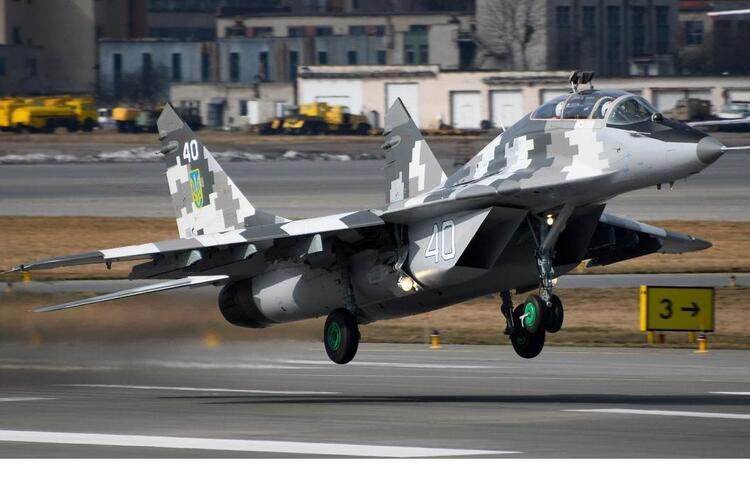Pentagon warns of depletion of Ukrainian air defense systems by May
If allies do not provide Ukraine with additional ammunition, Russia may gain air superiority

For more than a year now, Ukrainian air defense, reinforced by Western weapons, has been holding back Russian aircraft. But without a huge influx of ammunition, Ukraine's entire air defense network, weakened by Russian drone and missile attacks, could collapse, allowing Putin's forces to gain air superiority.
This is stated in Pentagon documents recently leaked to the Internet, The New York Times reports.
In the early days of the invasion, Russian aircraft flew hundreds of combat missions to bomb targets in Ukraine. But a combination of savvy Ukrainian commanders, poor Russian intelligence, and poor aiming by Russian pilots allowed many Ukrainian warplanes and air defenses to survive, preventing Moscow from taking control of the battlefield skies.
Now, a Pentagon report that has been made publicly available expresses concern that Moscow's barrage of remote attacks is depleting Ukraine's stockpile of missiles that it uses for self-defense.
The massive shelling that has been going on for six months has depleted the Ukrainian air defense stockpile. The S-300 and Buk missiles, which provide 89% protection against most fighters and some bombers, could run out by May 3 and mid-April, respectively, according to Pentagon documents. The assessment was made on February 28 and was based on the rate of missile use at the time.
The same document estimates that Ukraine's air defense system, designed to protect troops on the front line where most of the Russian aircraft are concentrated, will be "completely depleted" by May 23.
If this happens, Russian military commanders may finally decide to use their air force to the fullest. This will be a big problem for Ukraine if fighters and bombers are able to destroy troops and artillery on the front line, the NYT quoted senior U.S. military officials as saying.
Such fears did exist over the winter, but it is unclear how much the situation has changed since then, given the supply of air defense equipment by NATO countries and their efforts to increase the supply of ammunition to Ukraine.
As early as mid-February, the Financial Times reported, citing Western intelligence, that many Russian airplanes and helicopters had appeared at airfields near Ukraine's borders. NATO military experts speculated that Russia could use them to support its offensive in Donbas, which, however, never happened.
In an effort to bolster Ukraine's air defenses, the Biden administration announced last week that it would send additional air defense interceptors and ammunition as part of a $2.6 billion aid package, part of which will be used to help Kyiv prepare for a planned spring offensive. Whether this will be enough depends on a number of factors, including whether NATO allies will help with their own supplies.
Background. As reported, leaked documents from the Pentagon revealed the depth of US intelligence penetration into the Russian Defense Ministry and the Wagner Group.
If you have read this article to the end, we hope that means it was useful for you.
We work to ensure that our journalistic and analytical work is of high quality, and we strive to perform it as competently as possible. This also requires financial independence. Support us for only UAH 196 per month.
Become a Mind subscriber for just USD 5 per month and support the development of independent business journalism!
You can unsubscribe at any time in your LIQPAY account or by sending us an email: [email protected]



